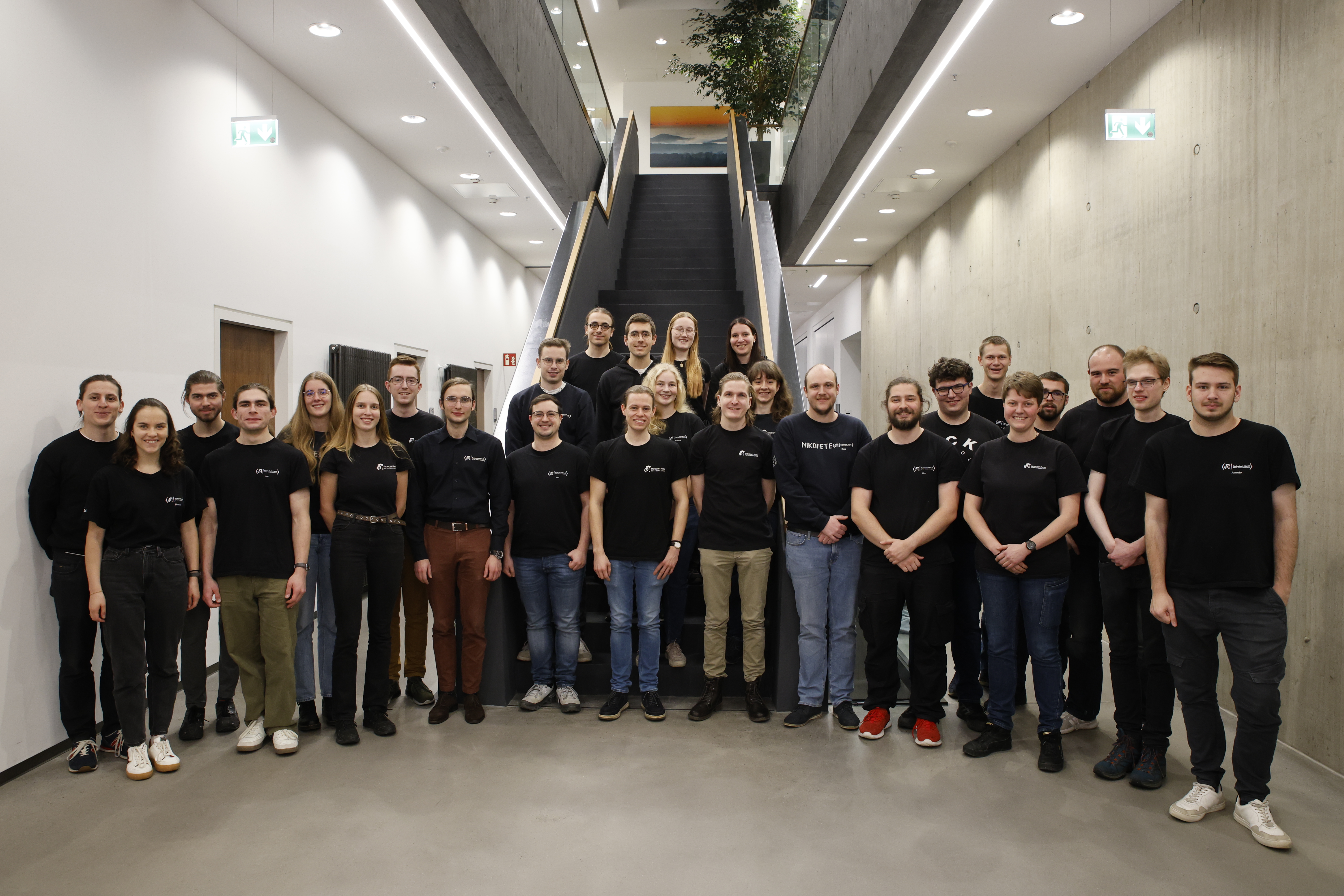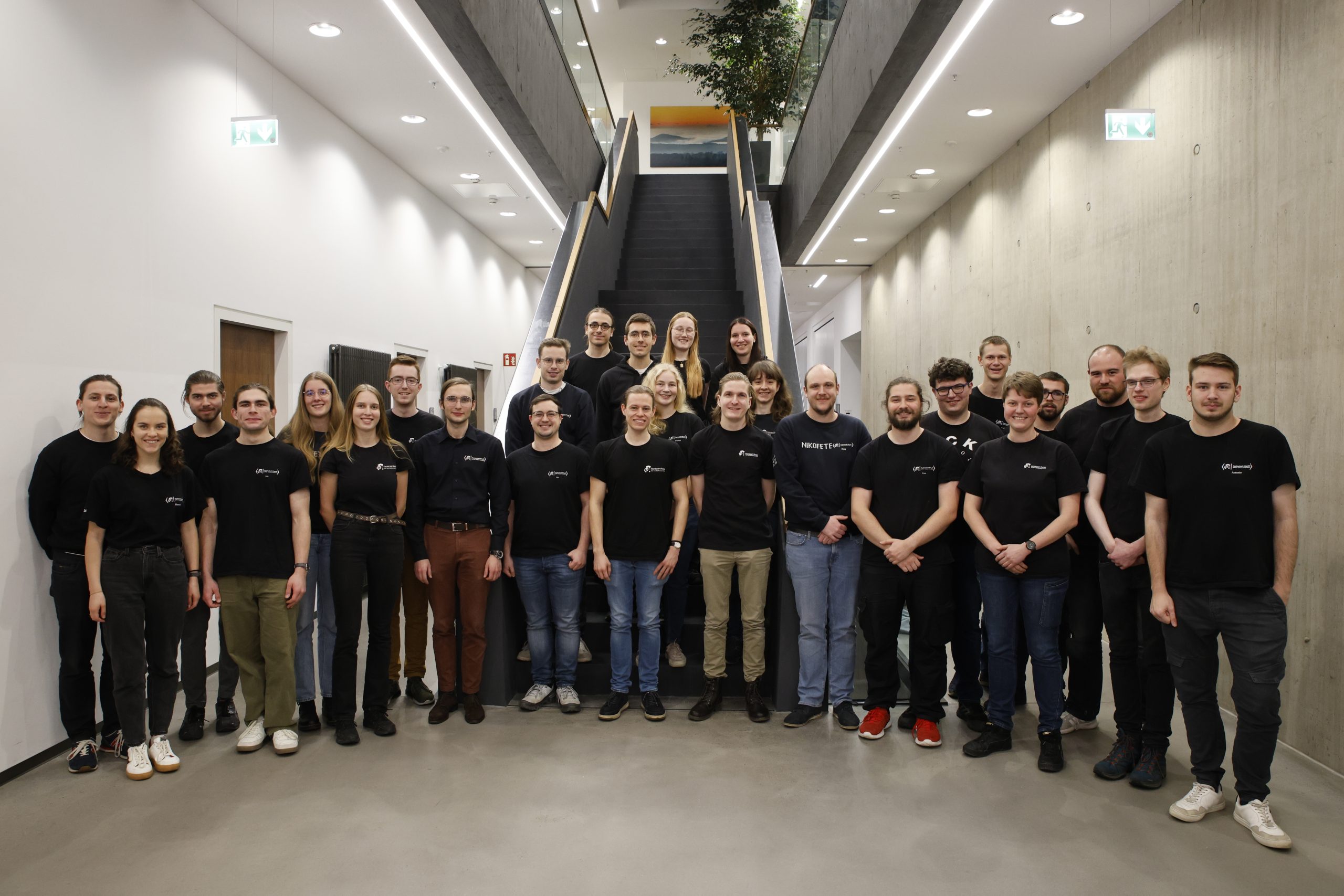
**Giovanni Alfonso Borelli: The Final Beacon of the Galileo–Castelli School**
Giovanni Alfonso Borelli (1608–1679) emerged as an essential figure in the advancement of seventeenth-century Italian mathematics and science, cementing his status as the ultimate beacon of the Galileo–Castelli school. Originally named Giovanni Francesco Antonio in Spanish-controlled Naples, he was the offspring of the Spanish soldier Miguel Alonso and his Italian companion, Laura Porello. Despite humble origins, Borelli’s exceptional talent in mathematics enabled him to seek an education and later, venture to Rome to learn from Benedetto Castelli at the Sapienza University.
Establishing his presence within intellectual circles, Borelli’s rise led him to assume the public lectureship in mathematics at the University of Messina on Castelli’s suggestion. His achievements in Messina propelled him on a journey through Italy’s renowned universities; an endeavor focused on broadening his academic perspectives. Although his time in Messina marked his entry into publication, including a pamphlet dispute with Pietro Emmanuele and medical studies following a fever outbreak in Sicily, his subsequent academic pursuits garnered him greater acclaim.
Borelli’s return to Messina, bolstered by his reputation in Italy’s scholarly community, solidified his position as a considerable force within mathematical discussions. His later appointment to the mathematics chair at Pisa made him a key figure in the Accademia del Cimento, an early scientific society that promoted experimental science in the vein of Galileo.
Through his scientific investigations, Borelli released works that connected abstract theory with practical science. His publication, ‘Euclides restitutus,’ along with his observations of comets, highlighted his contributions to astronomy. His groundbreaking ‘Theoricae mediceorum planetarum ex causis physicis deductae’ disseminated Kepler’s transformative ideas concerning the forces of planetary motion, an idea that influenced Newton’s concepts on gravity.
Borelli’s trailblazing study of biomechanics, ‘De motu animalium,’ utilized mathematical and mechanical principles with respect to human and animal anatomy, establishing him as a foundational figure in the field of biomechanics. Even as his later years were tainted by financial issues and political strife, Borelli’s intellectual zeal remained intact, culminating in some of his most influential scientific contributions.
Giovanni Alfonso Borelli’s existence represents the fusion of academic excellence and resilience amidst adversity. His deep insights into the physical sciences, paired with a lasting legacy in the domain of academic thought, secure his place as a crucial figure in the history of science.
